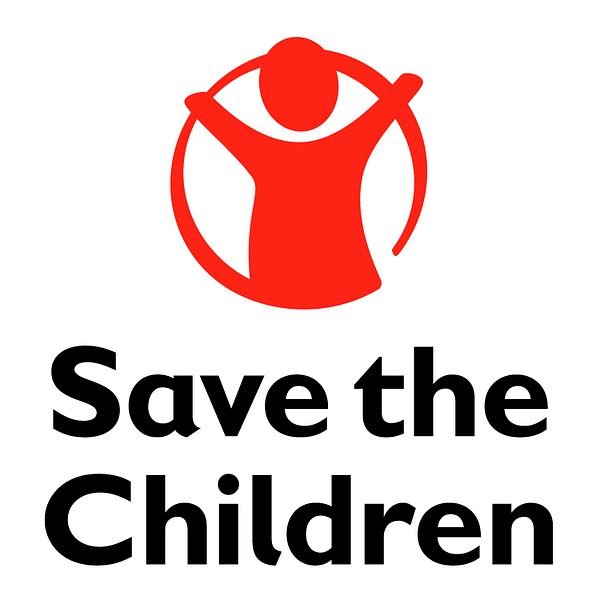Press release -
Save the Children: First NGO to assist isolated flooded village in Pampanga
Manila, Philippines – Help doesn’t come very often in the village of Sapang Kawayan even in times of disaster, one of the officials of this remote community in Masantol, Pampanga province has admitted.
According to Barangay Captain Paquito Ducot, their community is considered isolated, and this serves as a major hindrance for necessary assistance to reach them.
The municipality of Masantol lies on the outskirts of Pampanga, approximately 36 kilometres from its provincial capital, San Fernando City.
From the country's capital, Manila, it takes around 2-hour drive just to get to the town proper of Masantol; and from there, the only way to get to Barangay Sapang Kawayan is through a 15- to 30-minute boat ride along the Pampanga Delta.
During onset of unfavourable weather conditions—such as the Southwest monsoon rains triggered by Tropical Storm Haikui last August 7—it is often impossible to travel in and out this coastal barangay due to rough waters. Thus, it takes quite some time for emergency responders to penetrate the area whenever the need arises.
Aware of this condition that comes along with the distinct geographical location of their community, residents of Sapang Kawayan have learned to accept that they have to depend on each other in times of emergencies. Thus, during such overwhelming situations, they usually work hand-in-hand to ensure that everyone in their barangay is safe and sound.
Sapang Kawayan is one of the communities in the province of Pampanga severely affected by the onset of the Tropical Storm Haikui-triggered flooding, with reports of as much as 5-feet-deep floodwaters during the peak of the incessant rains.
However, to date, the barangay officials said that the only help they received after this disaster is a ration of non-food items from the local government one week after the flooding.
After receiving the said emergency assistance, Ducot said they have already accepted the fact that they won’t be having additional support from anyone.
“We never thought that help would still come through. After the assistance extended by the local government, we thought that was it. We were not expecting that there will be more, so when Save the Children approached us and told us that they will be giving non-food items to our barangay, we were surprised and we all got excited,” Ducot said.
Last September 22, Save the Children distributed jerry cans with potable water, household kits containing blankets, sleeping mats, and mosquito nets, and hygiene kits with toothbrushes, toothpaste, bath soaps, towels, shampoos, and nail cutters for 373 households in Barangay Sapang Kawayan.
Save the Children is the first non-government organization to extend help in the said barangay after floodwaters also ravaged different parts of Metro Manila, and Central and Southern Luzon.
“It is our objective to extend assistance to the most vulnerable children and families affected by the Southwest monsoon floods. We believe that isolated communities such as Barangay Sapang Kawayan should be prioritized because they have very limited resources to get back on their feet,” said Anna Lindenfors, Country Director for Save the Children in the Philippines.
To date, Save the Children has already reached more than 6,600 families with 23,000 children affected by the Southwest monsoon flooding. The flooding has affected a total of 4 million families in the country with 135,000 currently living in evacuation centres and over a million staying with friends and relatives.
Aside from distributing relief packages containing household materials, drinking water and hygiene items to the flood-affected families, Save the Children has also extended its assistance by initiating educational sessions on hygiene promotion and breastfeeding practices in the disaster-stricken communities of Bulacan, Laguna, Pampanga and Metro Manila.
In addition, Save the Children has also installed several child-friendly spaces and temporary learning centres in some of the flood-affected schools and communities in order to re-establish the feeling of normalcy in the day-to-day lives of children and offer a place where they can learn and play despite their current situation.
Topics
- Social issues
Categories
- child health
- evacuation centres
- malnutrition
- maternal health
- philippines floods
- save the children
- save the children in the philippines
- emergency response
Save the Children works in 120 countries. We save children's lives. We fight for their rights. We help them fulfil their potential.
